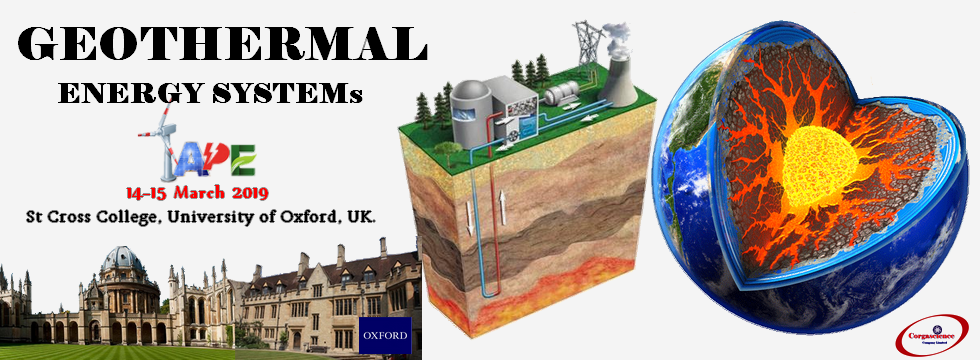

Dr. Ranjani Siriwardane
National Energy Technology Laboratory, U.S. Department of Energy, USA
Talk Title
Chemical Looping Processes for Conversion of Coal and Methane to Produce Heat, Hydrogen and Syngas
Talk Abstract
Global climate change has created a demand for technologies that generate less carbon dioxide (CO2) and/or utilize any CO2 that is produced. However, such “clean” technologies must be both efficient and cost-effective if they are to be accepted and deployed. At NETL, we have developed various novel technologies to convert coal and methane to produce heat, hydrogen and syngas. Chemical looping combustion (CLC) is a promising combustion technology that uses an oxygen carrier, such as metal oxide, to transport oxygen to the fuel without exposing it to air. The significant advantage of CLC over conventional combustion is that it can produce a sequestration-ready CO2 stream undiluted by nitrogen (N2). Because N2 is not present in the stream, there is no need to expend the significant energy required for separation. NETL researchers have developed and patented various oxygen carriers containing copper oxide, iron oxide, and manganese oxide, all of which have shown promising performance. Successful commercial-scale preparations and pilot-scale tests have been performed with these NETL-developed oxygen carriers. Chemical looping concepts have also been proposed to produce hydrogen or synthesis gas from coal and methane. These processes require specific oxygen carriers that partially combust fuel to produce syngas. The syngas stream that is produced is undiluted with nitrogen, so it will not require the air separation unit used in traditional fuel gasification processes - a major advantage in terms of cost savings and simplicity. NETL researchers have developed unique metal ferrite based oxygen carriers for this process of partial fuel combustion to produce syngas. In addition, the reduced metal ferrites that remain after the fuel reaction can be oxidized with steam to produce pure hydrogen (H2). This H2 production process is more cost-effective since it does not require a water gas shift reactor and CO2 separation process used in the traditional H2 production processes from fuels.
Short Biography
Dr. Ranjani Siriwardane is a research scientist at the U.S. Department of Energy’s (DOE) National Energy Technology Laboratory (NETL). She leads the oxygen carrier development research work in both chemical looping combustion and chemical looping gasification at NETL. Dr. Siriwardane has also conducted research on development of sorbents for CO2 removal for various processes and hydrogen sulfide removal from coal gasification gas streams. She is a co-inventor of 20 U.S. patents, 8 U.S. patent applications, and has co-authored 82 peer-reviewed publications. She has won three R&D 100 awards. She has designed sorbents/oxygen carriers from lab-scale to pilot-scale operations and has licensed her patents to several U.S. companies.
Talk Keywords
H2 production from methane and coal, chemical looping processes, oxygen carriers.
Target Audience
Students, Post doctoral, Industry, Doctors and professors
Speaker-intro video
TBA






